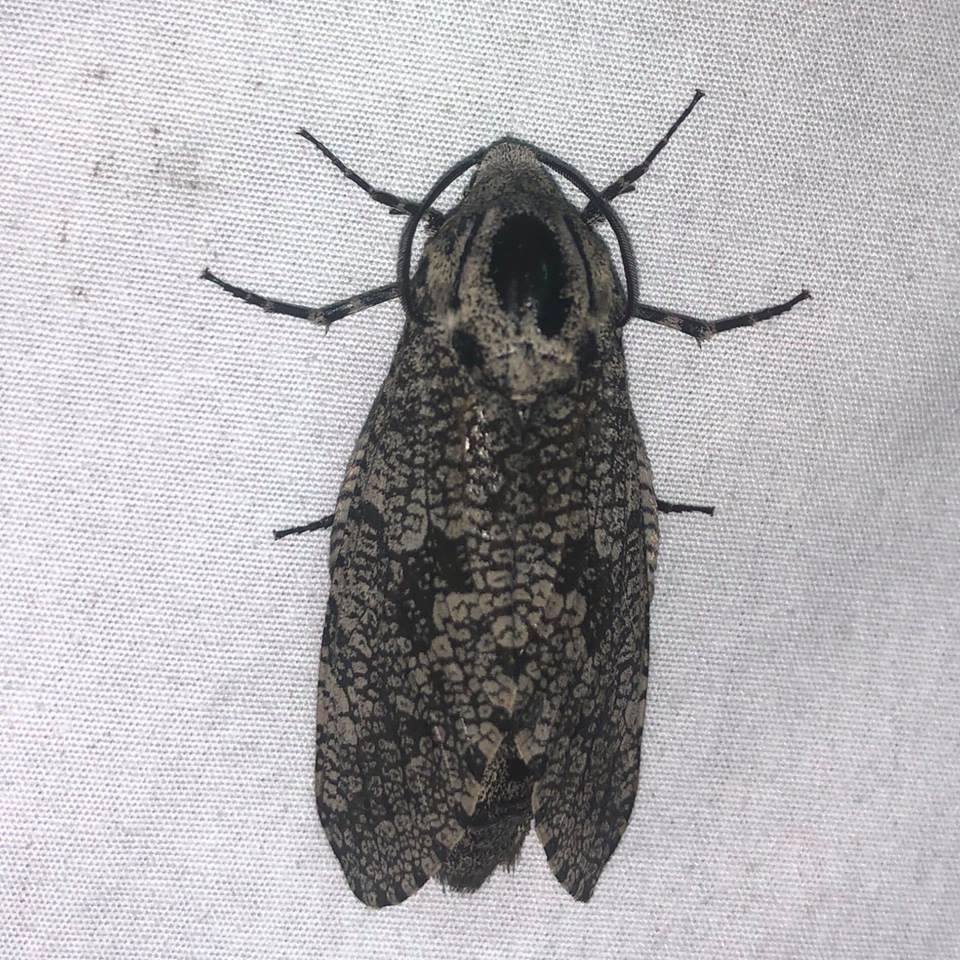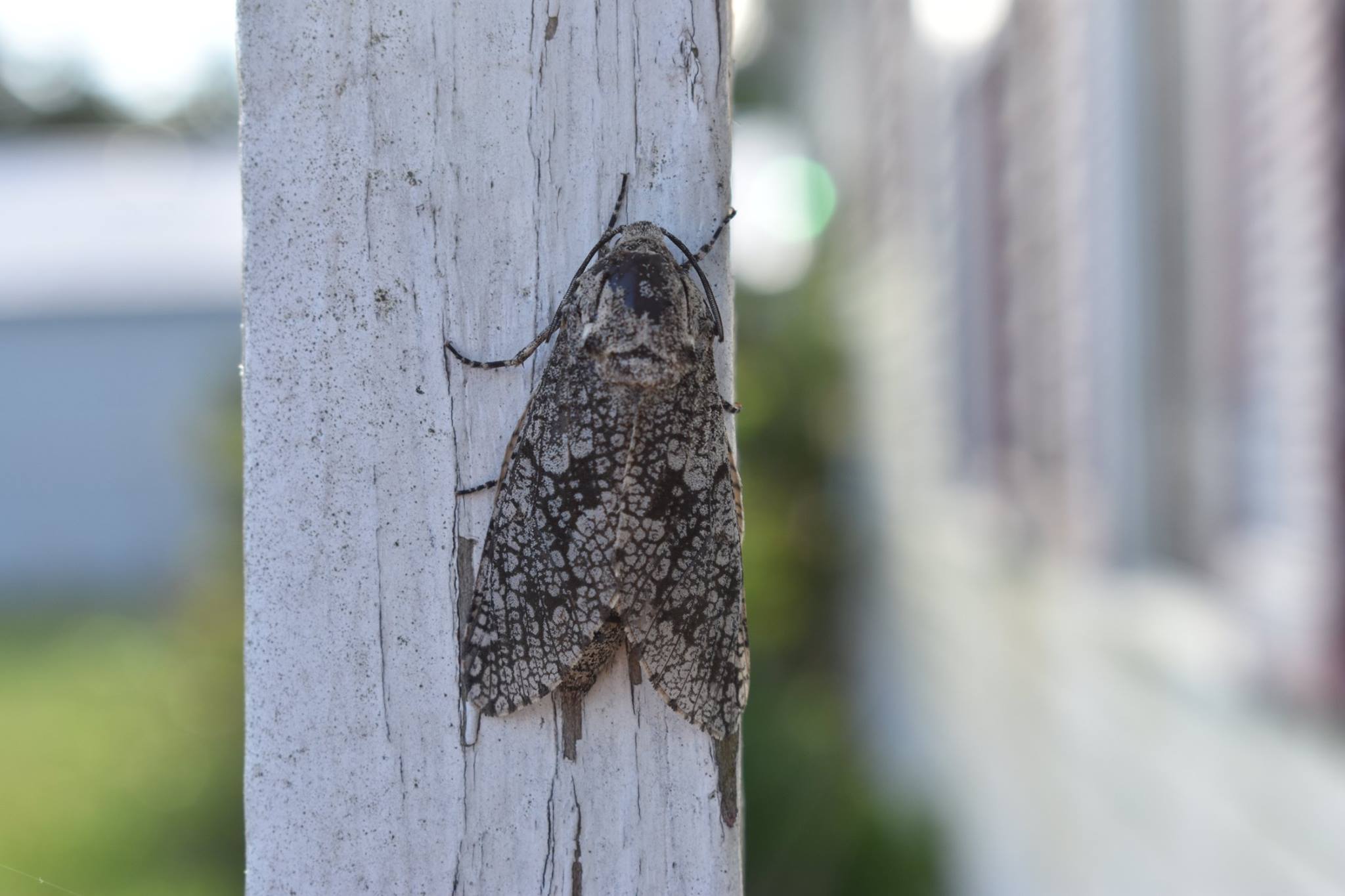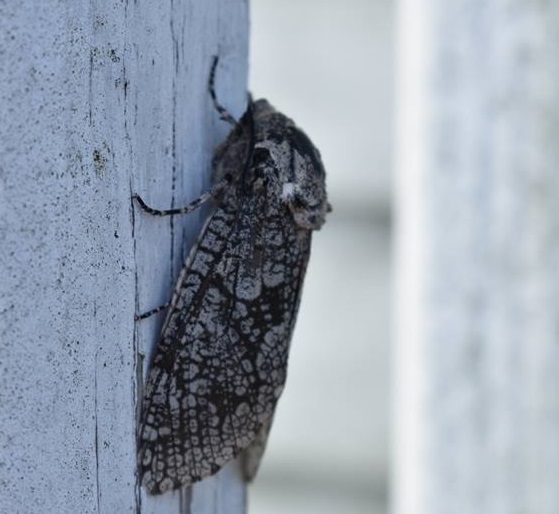ECOLOGY ▪ EDUCATION ▪ ADVOCACY



Prionoxystus: Combines the Greek words prion meaning “saw,” and xystus meaning “polished,” or “scraped”.
Robiniae: Pertaining to plants of the genus Robinia, which is a host genus for this species.
Pry-ahn-oh-ZY-stus Row-BIN-ee-uh



This map shows the confirmed sightings of the Carpenterworm Moth in Indiana. All sightings were confirmed through photographic documentation by individuals who contributed to the Great American IN Nature Lepidoptera Project (GAIN LP).
 |
GAIN LP documented in county. |
Carpenterworm moths are among the largest of the "micro-moths." The larvae, which take approximately two years to mature, bore tunnels in the sapwood and heartwood of trees, which can impact the commercial quality of lumber.
Carpenterworm Moth caterpillars bore into the wood of their host species, creating tunnels. They will spend about two years in the sap and heartwood of the tree before emerging. Carpenterworm Moth caterpillars feed on a large and more diverse range than do the closely related Little Carpenterworm larvae. Adults do not feed.
| Known Larval Food Sources in Indiana | ||
| Family | Taxonomic Name | Common Name |
|---|---|---|
| Order: Fabales | ||
| Fabaceae | Robinia spp. | locusts |
| Order: Fagales | ||
| Fagaceae | Castanea dentata | American chestnut |
| Quercus spp. | oaks | |
| Order: Hamamelidales | ||
| Platanaceae | Platanus occidentalis | American sycamore |
| Order: Lamiales | ||
| Oleaceae | Fraxinus spp. | ashes |
| Order: Rosales | ||
| Moraceae | Ficus carica | common fig |
| Rosaceae | Prunus spp. | cherries |
| Ulmaceae | Celtis spp. | hackberries |
| Ulmus spp. | elms | |
| Order: Salicales | ||
| Salicaceae | Populus spp. | poplars |
| Salix spp. | willows | |
| Order: Sapindales | ||
| Aceraceae | Acer spp. | maples |